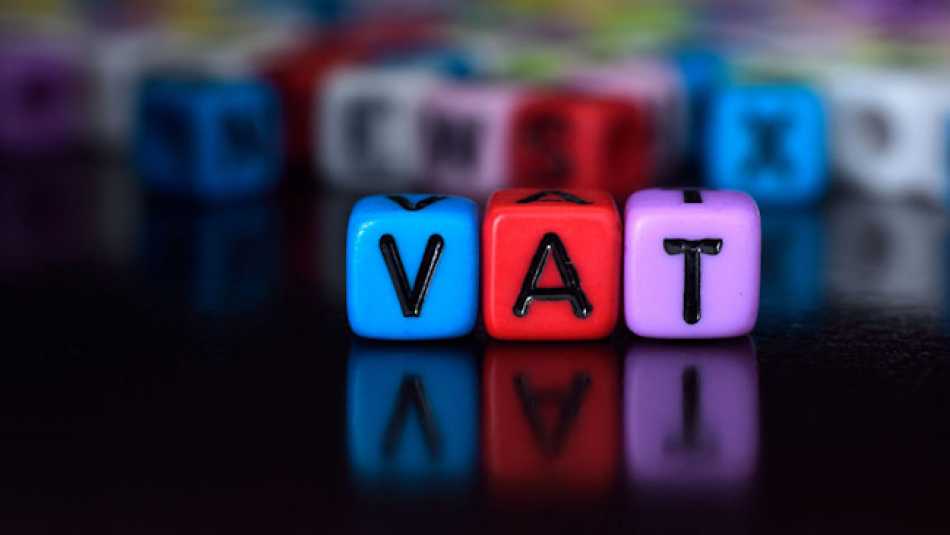
What Is VAT And Do I Need To Register? |
There are different rates and schemes ... |
POSTED BY MATTHEW BROWN ON 24/07/2017 @ 8:00AM
Value Added Tax (VAT) is a form of taxation applied to the sale of goods and services by UK business. If a business is VAT registered, it is effectively an agent acting on behalf of HM Revenue and Customs in terms of reporting and paying VAT ...
There's a lot more to VAT than you may think!
copyright: azrisuratmin / 123rf stock photo
But do you need to be VAT registered? A business only has to register for VAT if its taxable supplies exceed £85,000 during a year. This is a rolling total and must be continuously monitored.
You must register within 30 days of when the business turnover exceeds £85,000. If you register late, you must pay what you owe to HMRC from when you should have registered. A business can voluntary register for VAT before it meets this threshold if it so wishes.
"VAT is charged on goods and services
at different levels!"
The standard rate of VAT is 20% which applies to most products and services sold. There is a reduced rate of 5% which applies to items such as electricity and gas for domestic use and mobility.
Then there is zero-rated VAT for items such as children's clothes and footwear, printing of brochures and leaflets, building and maintenance services for disabled people, protective and safety equipment.
Exempt VAT includes items such as some postage services, finance and insurance and certain rental transactions.
There are many things outside of the scope of VAT, examples of which include voluntary donations to charities and tolls for roads operated by a public authority.
Click here for an exhaustive list of UK VAT rates
Each VAT-registered business needs to submit a quarterly VAT return. They calculate the VAT due by adding up all VAT charged to customers minus VAT claimed on purchases.
The company then submits the information to HM Revenue and Customs and pays them any VAT due. It is also possible that HMRC may issue a refund if the amounts reclaimed on purchases exceed the amounts declared on the sales.
"A small business may choose to account for VAT on either a cash basis or invoice basis!"
On an invoice basis, usually, the amount of VAT you pay HMRC is the difference between your sales invoices and purchase invoices. You have to report these figures and pay any money to HMRC even if the invoices haven't yet been paid.
On a cash basis, you only account for VAT on sales in the VAT quarter in which you are paid (rather than the VAT quarter in which you are invoiced). This helps cash flow because, overall, you only pay over the amounts to HM Revenue and Customs from the money you have received. To join this scheme, your taxable turnover must be £1.35 million or less.
"What about the flat rate scheme?"
With the flat rate scheme, the business raises invoices to its customers and charges VAT on the normal way, but only pays a percentage of its gross sales value to HMRC.
Apart from expenditure on capital items exceeding £2,000, the business cannot reclaim any VAT made on purchases. The percentage rate applied depends on the type of trade the company is involved in.
To be eligible for the flat rate scheme, your VAT taxable turnover must be £150,000 or less. You must leave the scheme if your turnover (including VAT) exceeds £230,000 or you expect it to be sometime in the next twelve months.
Click here to review the various flat rate scheme percentages
Normally, VAT returns need to be compiled on a quarterly basis then submitted and paid to HMRC within 1 month and 7 days after the quarter end. You can elect to file on an annual basis in certain circumstances, as well as monthly, but quarterly is the most common period.
"So there's a lot more to VAT than
you may think!"
If you would like to know more about Value Added Tax, the different rates and schemes and how they may apply to your business, then do call us at Essendon Accounts & Tax on 01908 774320 or click here to send over an email enquiry and let's see how we can help you.
Until next time ...
MATTHEW BROWN
Leave a comment ... |
More about Matthew Brown ... | ||
|